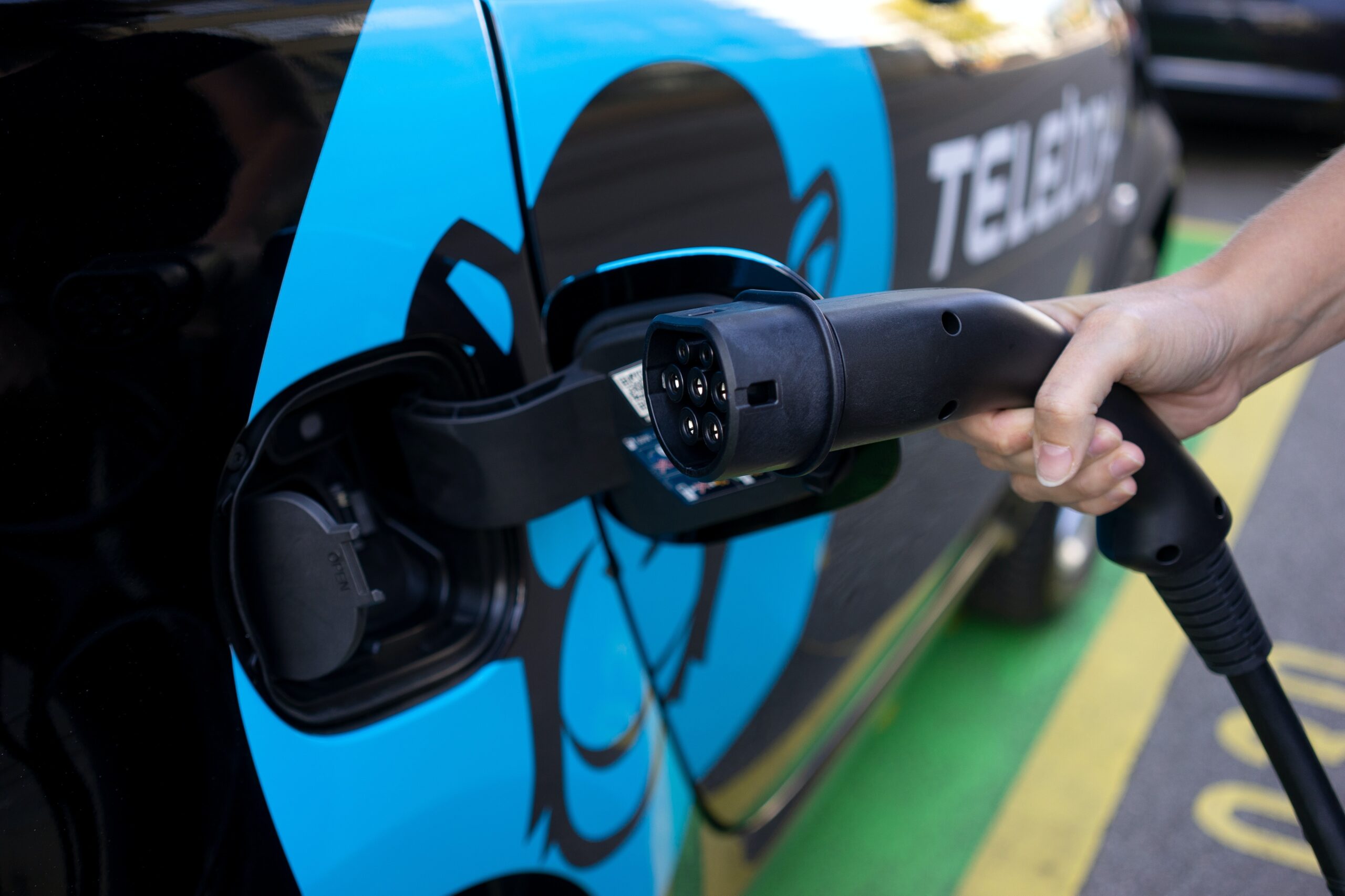The global motor industry is going through a period of rapid transformation. The rise of car sharing, autonomous vehicles, green energy policies, and risk-reducing technology are just some of the developments disrupting traditional insurance models.
By 2040, the motor segment is expected to represent a smaller portion of the total risk pool, according to Swiss Re, shrinking from 42% of global sector premiums currently to 32%. Insurers will need to embrace change to keep up with a changing, more compact market.
In this blog, we explore some of the ways motor insurance will evolve in the coming years.
Read more: Delays, shortages and inflation: What’s causing the challenges facing motor insurers in 2024?
The rise of usage-based insurance
From vans hirable by the hour to electric vehicles, to e-scooters, mobility is increasingly diverse. At the same time, data collection, machine learning and in-car technology are giving insurers unprecedented insights into driver behaviour and risk profiles. This not only complements traditional risk assessment models but paves the way for personalised usage-based insurance (UBI) programmes.
Pay As You Drive (PAYD)
PAYD charges drivers according to mileage driven – a sensible choice for those who drive rarely or want to borrow a car. This approach promotes sustainable transport schemes and aligns with evolving mobility patterns. As drivers pay solely for the distance they travel, it incentivises reduced vehicle usage.
Pay How You Drive (PHYD)
PHYD is linked to driving behaviour, with premiums linked to aspects such as adherence to speed limits, smooth braking, and manoeuvres, such as harsh braking or cornering. Contextual information, such as weather, road conditions, and traffic density can also be taken into account. This encourages safer driving and allows for more accurate and cheaper pricing for safer drivers.
Insurers take on risk prevention
Just as some health insurance providers offer lower premiums for gym users, it may become more common for motor insurers to actively try to prevent accidents and risks. They may provide incentives for adopting devices like webcams that monitor driver behaviour and road conditions, encouraging safer driving practices. Others will form partnerships with third-party vendors to offer price reductions on devices like leak detectors, which can help prevent vehicle malfunctions. These sensors could also track users’ health or activity. This information could be used to offer health insurance products.
Technology will have a greater impact on premiums
New vehicle technologies can support drivers in various ways, from parking assistance all the way to driving. They can affect how likely accidents are and how much damage they cause. However, current pricing models don’t fully account for these changes. When assessing risk, insurers still mostly focus on how people drive, as well as price and engine size. This doesn’t fit the new reality where vehicles play a bigger role in driving safety.
Increased cyber threats
By 2030, 70 percent of all new vehicles will be “smart” cars, according to McKinsey. As vehicles become more connected and reliant on software, cyber threats become more of a risk. Hacking, privacy breaches and technology failures will become more common. To avoid costly claims, insurers may start looking at ways to protect vehicles from cyberattacks and ensure the privacy and security of driver data.
The impact of electric vehicles (EVs)
The adoption of EVs is on the rise. With it comes the need for insurance solutions tailored to the unique challenges and opportunities EVs present.
EV adoption is expected to hit nearly 50 percent globally by 2033, fundamentally altering the dynamics of motor insurance. However, with this shift comes a unique set of challenges, from the intricacies of insuring EV components like batteries to adapting claims processes for the repair and maintenance of EVs. At the moment, there is a shortage of both parts and skills. The evolution of infrastructure, from charging networks to repair facilities, will affect insurers’ strategies.
There might be fewer road traffic accidents
Widespread use of autonomous vehicles is on its way. They could account for as much as 66 percent of passenger-kilometres travelled in China by 2040, according to McKinsey.This could significantly decrease the number of injuries and fatalities caused by road accidents. However, when an accident does happen, it might be more expensive, due to the high cost of replacements, such as sensors in vehicle bodies or batteries in electric vehicles.
A reduction in accidents will not only save lives, but could impact the entire health and life insurance landscape. Mortality rates could decrease, leading to a ripple effect across the wider insurance industry. Reduced motor injuries mean fewer claims related to accidents, which in turn could influence the pricing of health and life insurance premiums.
Greater liability for manufacturers
As self-driving cars become more popular, liability will shift from drivers to manufacturers. Insurers will start to offer product liability coverage to manufacturers, operators, and mobility providers. Insurance companies, governments and trade bodies have started meeting to determine how self-driving cars (and vehicles that can switch between autonomous modes) are treated in law, according to KPMG. The Automated and Electric Vehicles Act in the UK now gives insurers the right to recover costs relating to an incident with an AV.
In the long term, premiums for non-automated vehicles or even private vehicles might become very expensive, or a product only taken out by enthusiasts.
… and for service providers
Similarly, as car sharing and ride sharing becomes more popular, providers will make up a greater market segment. Motor insurance might be bundled with the lease of a vehicle under flexible vehicle ‘subscriptions’. As governments implement access restrictions and cities become more pedestrian-centric, these new models of car access are likely to gain popularity.
More competitors
Vehicle manufacturers or service providers may start to offer embedded vehicle and insurance bundles, cutting out insurers. Insurers could deal with this by working with manufacturers to offer insurance at the point of sale.
More claims automation
Real-time data from telematics devices and vehicle sensors will change how claims are reported, processed and settled. While younger generations are likely to embrace digital solutions, older drivers might prefer traditional communication channels. Insurers will need to strike a balance between new technologies and the preferences of different customer segments to ensure no one is left behind.
Read more: How insurers can select the right claims for automation
Already, automated claims processing powered by AI is dramatically enhancing insurers’ processing speed and efficiency (it’s what we do here at Sprout.ai). Find out more.

